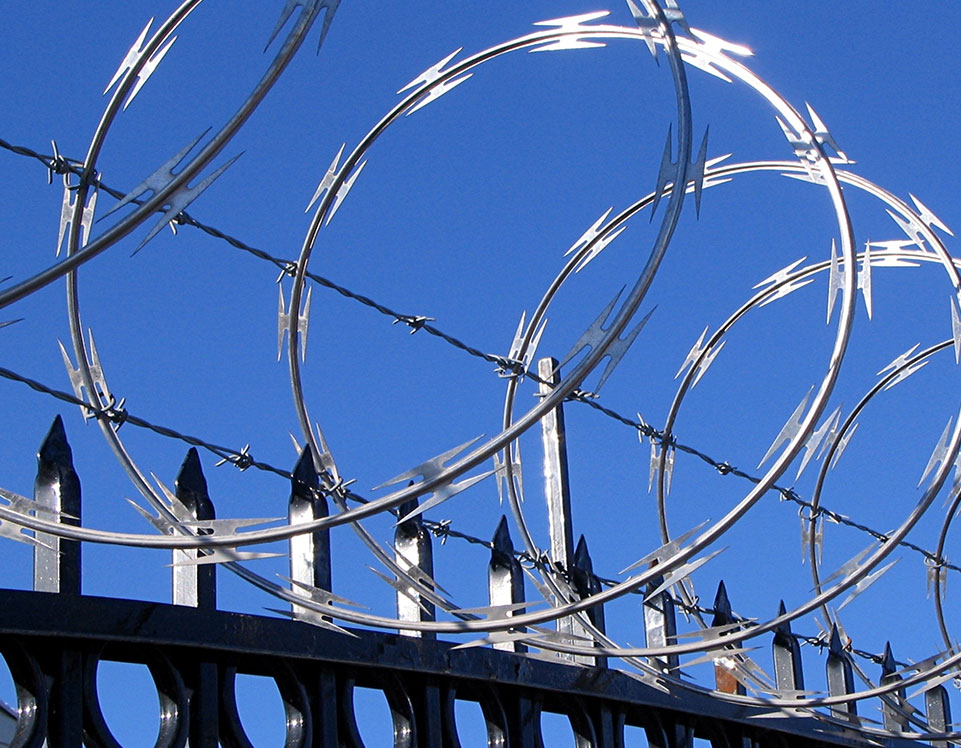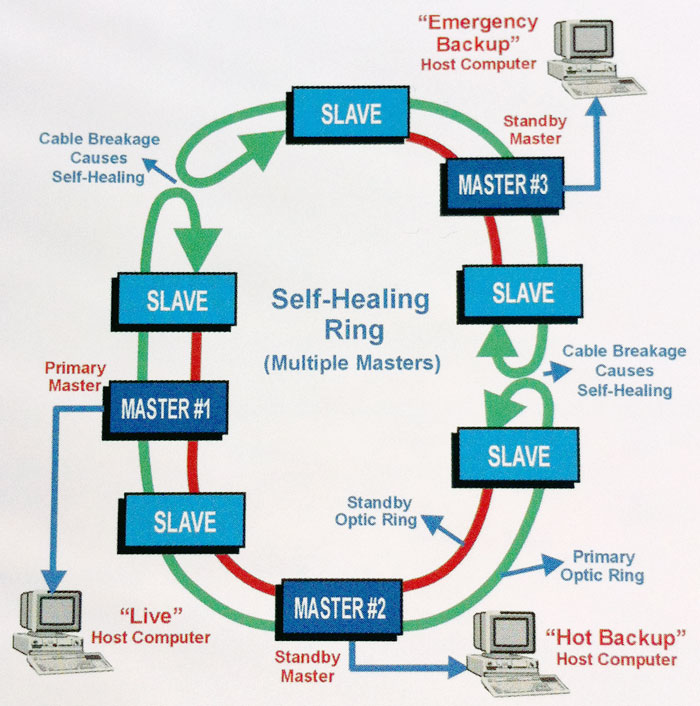Why Fiber Optic Safety Systems Are the Future of Defense
The shift to fiber optic safety systems marks a significant improvement in the realm of defense, driven by their extraordinary information transmission abilities and strength to exterior interferences. These systems not just promote faster and much more dependable communication but likewise provide an affordable solution with lowered maintenance requirements. As the landscape of safety develops together with emerging modern technologies such as AI and IoT, the possibility for fiber optics to enhance and redefine safety and security infrastructures comes to be progressively obvious. The ramifications of these developments increase essential concerns regarding the future of protection steps and their performance in an ever-changing environment.
Advantages of Fiber Optic Equipments
Among the primary advantages of fiber optic systems is their superior data transfer capacity, which assists in the transmission of big quantities of information over cross countries without considerable loss. This characteristic is especially advantageous for safety and security applications that need the continuous monitoring and transfer of high-definition video feeds, sensing unit data, and other essential info. Optical fiber can accommodate the expanding needs of modern-day safety and security systems, making sure that data stays undamaged and reliable.
Furthermore, fiber optic wires are less prone to electro-magnetic interference, which can be a substantial issue in settings with numerous digital gadgets. This resistance improves the integrity of the data being transmitted, consequently minimizing the risk of information breaches or system failures. Fiber optic systems are naturally a lot more protected than standard copper cable televisions, as tapping right into a fiber optic line without detection is extremely difficult.
The durability of fiber optic cable televisions additionally adds to their appeal. They are immune to environmental factors such as dampness and temperature level changes, reducing maintenance prices and raising system longevity. On the whole, these advantages position fiber optic systems as a robust and efficient selection for modern safety infrastructures, ensuring dependable and secure data transmission.
Improved Information Transmission Speed

The ability to transfer vast amounts of information promptly promotes the smooth assimilation of high-definition video clip feeds and progressed analytics. Safety and security systems can now process and examine info in real-time, enhancing action times and situational recognition. Additionally, fiber optic connections sustain longer transmission ranges without destruction of signal quality, making them optimal for extensive safety and security networks.
The boosted rate of fiber optic systems not just boosts the performance of safety and security procedures yet likewise decreases latency. This is especially vital in critical situations where prompt decision-making can protect against security violations or alleviate potential threats. As organizations remain to focus on safety and security and effectiveness, the demand for quick and reliable data transmission will definitely strengthen fiber optic systems as a cornerstone of modern security facilities.
Resistance to Interference
Fiber optic security systems consistently demonstrate extraordinary resistance to electro-magnetic interference, a critical advantage in settings susceptible to electronic noise. Unlike typical copper cables, which can be negatively influenced by magnetic fields, superhigh frequency interference, and various other forms of electric disturbance, fiber optic cables utilize light to send information. This intrinsic building ensures that the signals continue to be clear and unaltered, no matter of bordering electronic task.
The usage of glass or plastic fibers in fiber optic innovation develops an obstacle against interference, permitting reputable information transmission also in tough situations such as industrial centers, metropolitan locations with high digital web traffic, or areas near radio news towers. This particular considerably minimizes the chance of signal degradation or loss, making fiber optic systems specifically suitable for security applications where stability and precision of data are extremely important.
Moreover, this resistance to interference enhances the overall performance and dependability of safety systems, making certain that monitoring and sharp systems function perfectly. In a world where security is increasingly endangered by innovative technologies, the resilience of fiber optic systems stands apart as a pivotal feature, reinforcing their condition as an important element of contemporary security infrastructure.
Cost-Effectiveness Over Time
Significant price financial savings can be attained with time with the execution of fiber optic safety systems. While the click here for more first financial investment may appear higher compared to standard copper-based systems, the lasting monetary benefits emerge with decreased functional and upkeep expenses (fiber security). Fiber optic cords are inherently a lot more resilient and less prone to environmental factors, which translates to decrease replacement and fixing expenditures over their life expectancy
In addition, fiber optic systems need much less power to operate, which better decreases energy prices. Enhanced information transmission capacities enable less repeaters and amplifiers, lessening devices investment and simplifying installation procedures. The scalability of these systems additionally contributes to cost-effectiveness, as organizations can broaden their safety framework without sustaining significant read here extra expenditures.
An additional variable to take into consideration is the boosted effectiveness in surveillance and reaction capabilities that fiber optics offer. Boosted real-time data transmission can lead to quicker event feedback times, potentially mitigating losses and responsibilities related to protection breaches. In sum, the long-term advantages of fiber optic safety systems not only justify the initial expenditure however also position them as an economically sensible option for companies looking for robust protection services.

Future Technologies in Safety
Advancing modern technologies are readied to transform security systems, integrating man-made intelligence (AI) and machine knowing to improve threat discovery and response capabilities. These technologies will certainly permit security systems to evaluate huge amounts of information in real-time, recognizing patterns and anomalies that show potential hazards. This proactive method will certainly make it possible for much faster decision-making and more efficient case feedbacks.
In addition, the consolidation of the Net of Things (IoT) is leading the way for interconnected protection devices, offering thorough monitoring and surveillance. Smart sensors can communicate info concerning ecological modifications, while automated notifies can notify safety personnel instantly of dubious tasks.
Additionally, the advancement of biometric innovations will even more reinforce safety and security systems. Face acknowledgment, finger print scanning, and retina identification are becoming more innovative, offering layers of authentication that are tough to bypass.
Final Thought
In conclusion, fiber optic security systems represent a considerable improvement in protection technology, supplying unmatched data transmission rate, resistance to electromagnetic disturbance, and long-lasting cost-effectiveness. As the demand for innovative security services remains to grow, the combination of fiber optics with arising technologies such as AI, IoT, and biometrics will additionally improve safety and security facilities (fiber security). The mix of these advancements will certainly ensure an extra protected and responsive environment, strengthening optical fiber as a cornerstone of future safety and security systems
Comments on “The Importance of a Fiber Optic Security System in Protecting Critical Infrastructure and Facilities”